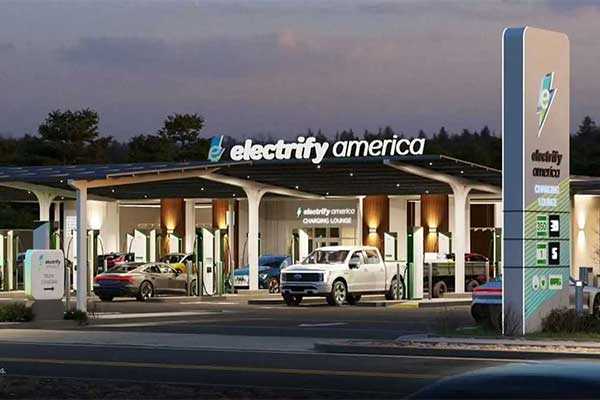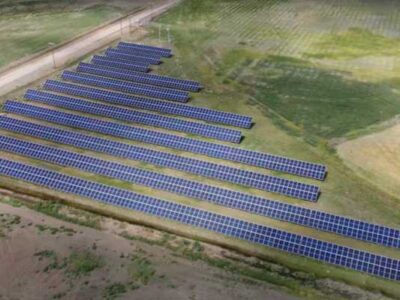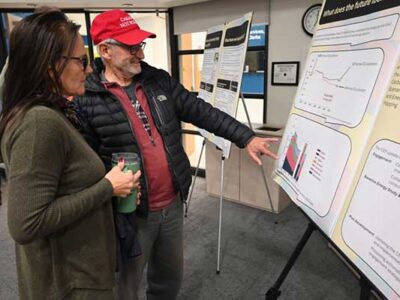Electrify America, the United States’ second-largest electric vehicle fast-charging network, announced plans to integrate Tesla’s charging connectors into its stations, marking a significant step towards the standardization of Tesla‘s plug in the industry.
As a subsidiary of Volkswagen, Electrify America was established as part of the resolution of Volkswagen’s diesel emissions scandal. With over 800 direct-current fast-charging stations and more than 3,600 plugs across the country, it only falls behind Tesla in the count of fast-charging plugs.
Electrify America has set a target to add Tesla’s connectors to its existing and upcoming chargers by 2025. This move aligns with the company’s commitment to support industry-wide standards that enhance vehicle interoperability and simplify public charging, as stated by Electrify America’s CEO Robert Barrosa.
The company also reassured that the Combined Charging System (CCS) connectors, predominantly used by most electric vehicle models in the U.S., will remain at its stations. However, auto giants such as Ford, General Motors, Rivian, and Volvo have announced plans to join Tesla’s expansive Supercharger network and adopt its North American Charging Standard connector for their upcoming electric vehicle models. Other automakers like Stellantis and Hyundai are also contemplating joining Tesla’s network.
In addition, ChargePoint, the network with the highest number of charging stations in the U.S., plans to offer Tesla connectors for site hosts to use later this year. However, the majority of ChargePoint’s network comprises slower “Level 2” chargers. Blink Charging, another major player, has also expressed its intent to incorporate the Tesla connector.
Notably, SAE International, a key organization in the U.S. automotive industry, recently stated its decision to establish performance standards for Tesla’s electric vehicle charging cords, further solidifying the Tesla plug’s potential as the universal standard for all EVs. This is a remarkable shift considering the CCS connector was designed based on SAE’s standards.
Tesla’s Superchargers have garnered attention from other automakers due to their extensive network of direct current fast-charging plugs and strategic placement along major travel routes. Owners of GM, Ford, Rivian, and Volvo vehicles will gain access to more than 12,000 Tesla Supercharger plugs. As per the Department of Energy, Tesla owns 1,797 Supercharger stations and over 19,000 plugs across the U.S.
These DC fast-chargers are particularly beneficial for travelers due to their ability to quickly charge EVs. The Department of Energy reports around 54,000 public charging stations nationwide with more than 136,000 plugs. Although most of these are slower Level 2 chargers, the network of DC fast chargers is on the rise.
Despite this, industry experts observe a growing momentum towards adopting Tesla’s connector as the U.S. standard. They predict that vehicles will likely need to support both connectors for the foreseeable future. Interestingly, GM and Ford have clarified that they will not be paying Tesla for access to its network.














Comments